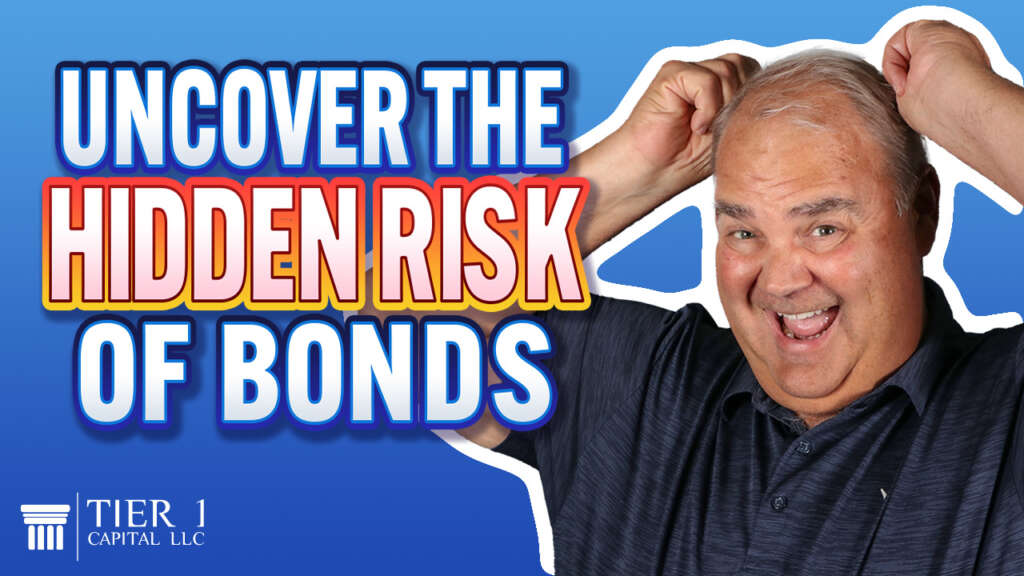
Everyone knows that interest rates are finally on the rise. But what you may not realize is what’s going on under the covers. What’s happening to the bond market as these interest rates rise? Do you realize that there’s an inverse relationship between interest rates and bond prices? Let’s take a deep dive on what this means for you.
Let’s start at the beginning. What the heck is an inverse relationship, and how is there one between interest rates and bond prices? Well, it’s real simple. When the interest rates rise, the value of the bond or the price of the bond goes down. And when interest rates go down, the value or the price of the bond goes up.
Now, in and of itself, it may not mean a whole heck of a lot to the average investor, because if you’re holding the bond to duration or till the end of the bond period, there’s no problem. If you bought a 4% bond and interest rates went up to 5%, you’ll still collect your 4% at maturity. The problem is when you’re either renewing rates or exchanging bonds, that’s where the problem comes into play.
There are three main risks with this inverse relationship. The first is interest rate risk. Interest rate risk really comes into play if you need to sell your bond before maturity. If you need to sell your bond before maturity and interest rates have risen, the value of your bond may have gone down and consequently you’ll receive less than you were supposed to receive. You will lose money.
Risk typically isn’t associated with bonds, as they are considered a safe investment. But as we see here with this inverse relationship and rising interest rates, it can leave you exposed. This could also be a little bit of an issue because bonds are relatively liquid. If it comes down to it and it’s between selling your actual investments, stocks, real estate or mutual funds, it may make more sense to sell your bond, because it’s the most liquid. But the point is this. You have to recognize the fact that bonds are not risk free.
The second issue that could arise between this inverse relationship of interest rates and bonds is opportunity cost. And basically what that means is you might have better opportunities with higher interest rates, meaning that savings accounts, CDs, annuities or newer bonds might have higher interest rates than the existing bonds that you hold, making the value of your bonds worth a little bit less.
Now, the problem arises in this case, when you want to sell your bonds because they have a low interest rate, you can make more money, more interest somewhere else. So let’s get the bonds out of here. We could get a better opportunity somewhere else. But what happens is, we have to sell those bonds. You can’t redeem the bonds before the maturity date, so you have to sell them on the open market. But with that, they have a lower market value. So you could incur double loss in a sense.
Our third and final issue with this inverse relationship, and that is portfolio volatility. Bonds tend to be more stable than other investments, such as stocks and maybe even mutual funds. And consequently, they’re an ideal candidate for diversification of portfolios and risk management.
What this means in plain English is when you have a riskier portfolio full of real estate stocks and mutual funds, oftentimes advisors will incorporate bonds into the portfolio to stabilize and make sure you’re not losing all of your money, or all of your money is not at risk. But here’s the problem. During volatile interest rate environments, when the bond interest rates rise, because of the inverse relationship, the value goes down and that introduces risk to an asset that you may have considered to be less risky.
So, ultimately here’s the point. Fluctuation in bond interest rates can have an adverse effect on your overall portfolio performance.
